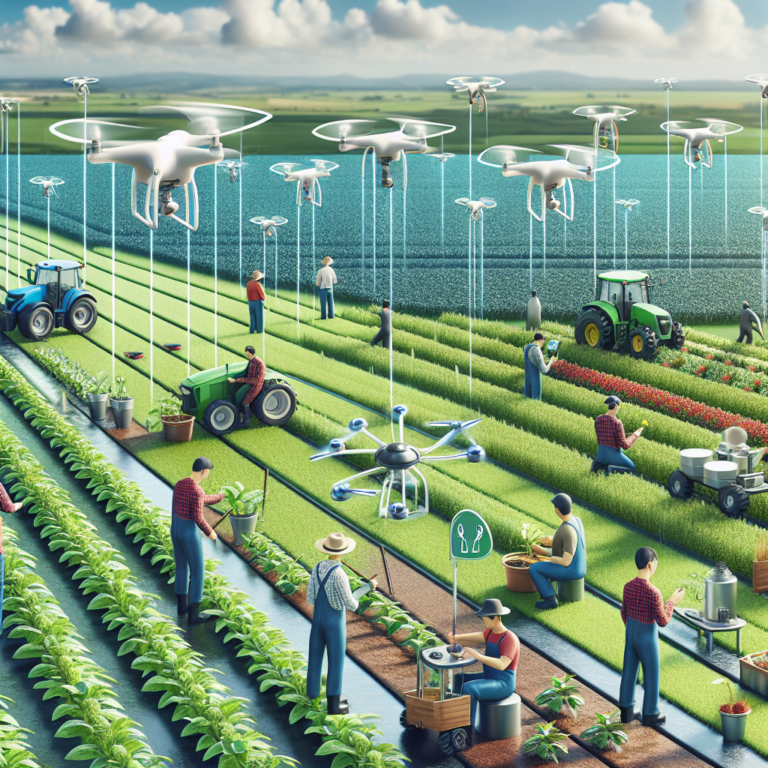Agriculture is the backbone of our society, providing us with the food we need to survive. With an ever-growing global population, the demand for food is increasing at an unprecedented rate. To meet this demand, farmers are constantly looking for ways to maximize their harvests and boost crop yields.
Innovative technologies have revolutionized the way we approach agriculture, making it easier for farmers to increase productivity and efficiency. From drones and satellite imagery to precision farming equipment and biotechnology, there are a plethora of tools available to help farmers maximize their harvests.
One of the most exciting developments in agricultural technology is the use of drones for crop monitoring. Drones can fly over fields and collect data on crop health, nutrient levels, and moisture content. This information is then used to make informed decisions about irrigation, fertilization, and pest control, ultimately leading to higher yields.
Satellite imagery is another valuable tool that farmers can use to monitor crop health and identify areas of concern. By analyzing satellite data, farmers can detect early signs of disease or nutrient deficiencies and take action before the problem escalates. This proactive approach can help prevent crop losses and maximize yields.
Precision farming equipment, such as GPS-guided tractors and automated irrigation systems, is also key to maximizing harvests. These technologies allow farmers to work more efficiently and accurately, minimizing waste and optimizing resource usage. By precisely applying fertilizers and pesticides only where they are needed, farmers can improve crop health and increase yields.
Biotechnology is another area where innovation is driving crop productivity. Genetically modified crops have been developed to resist pests, tolerate drought, and increase yields. These traits allow farmers to grow crops in challenging conditions and achieve higher yields with less inputs.
In conclusion, innovative technologies play a crucial role in maximizing harvests and boosting crop yields. By harnessing the power of drones, satellite imagery, precision farming equipment, and biotechnology, farmers can improve efficiency, reduce waste, and increase productivity. As we look to feed a growing global population, these technologies will be essential in meeting the demand for food and ensuring food security for all.
